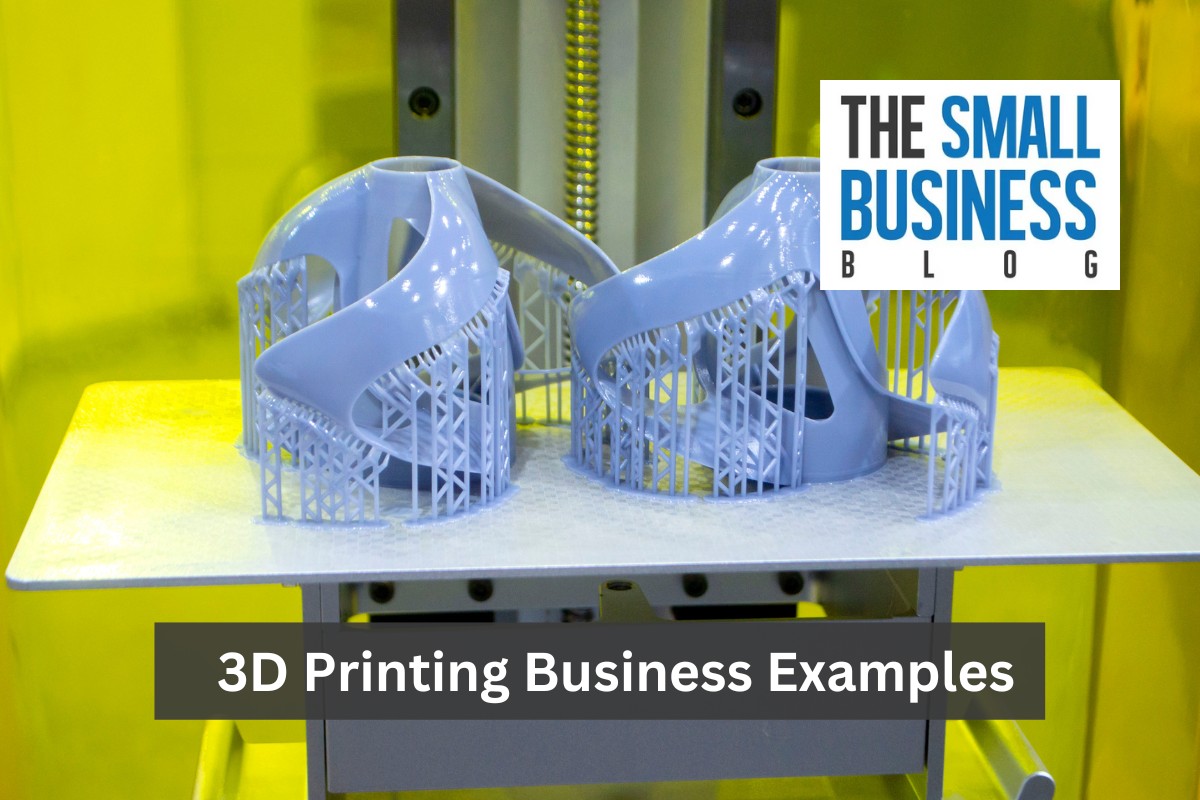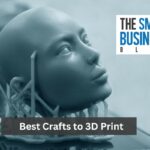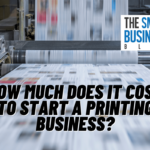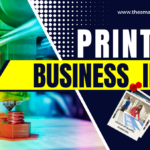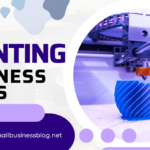The world of manufacturing has witnessed a paradigm shift with the advent of 3D printing.
This innovative technology, once a mere concept in the realms of science fiction, has now become a reality, transforming the way products are designed, prototyped, and produced.
From intricate jewelry pieces to life-saving medical prosthetics, 3D printing business examples provide a plethora of business opportunities for aspiring entrepreneurs and established industries alike.
Post Contents
- 1 3D Printing Business Examples
- 1.1 1. Customized Jewelry Production
- 1.2 2. Architectural Model Creation
- 1.3 3. Medical Prosthetics and Implants
- 1.4 4. Aerospace Component Manufacturing
- 1.5 5. Automotive Prototyping
- 1.6 6. Fashion and Apparel
- 1.7 7. Personalized Consumer Goods
- 1.8 8. Educational Tools and Models
- 1.9 9. Customized Furniture and Home Decor
- 1.10 10. Dental and Orthodontic Solutions
- 1.11 11. Bespoke Eyewear Manufacturing
- 1.12 12. Art and Sculpture Creation
- 1.13 13. Footwear Design and Production
- 1.14 14. Musical Instrument Fabrication
- 1.15 15. Culinary Art and Edible Creations
- 1.16 16. Toy and Model Production
- 1.17 17. Bike and Vehicle Customization
- 1.18 18. Healthcare Equipment Production
- 1.19 19. Agricultural Tool Fabrication
- 1.20 20. Cosmetic and Beauty Tool Production
- 1.21 21. Sports Equipment Customization
- 2 FAQs
- 3 Conclusion
3D Printing Business Examples
As we delve deeper into the realm of 3D printing, let’s explore some captivating business examples that showcase the vast potential and versatility of this groundbreaking technology.
1. Customized Jewelry Production
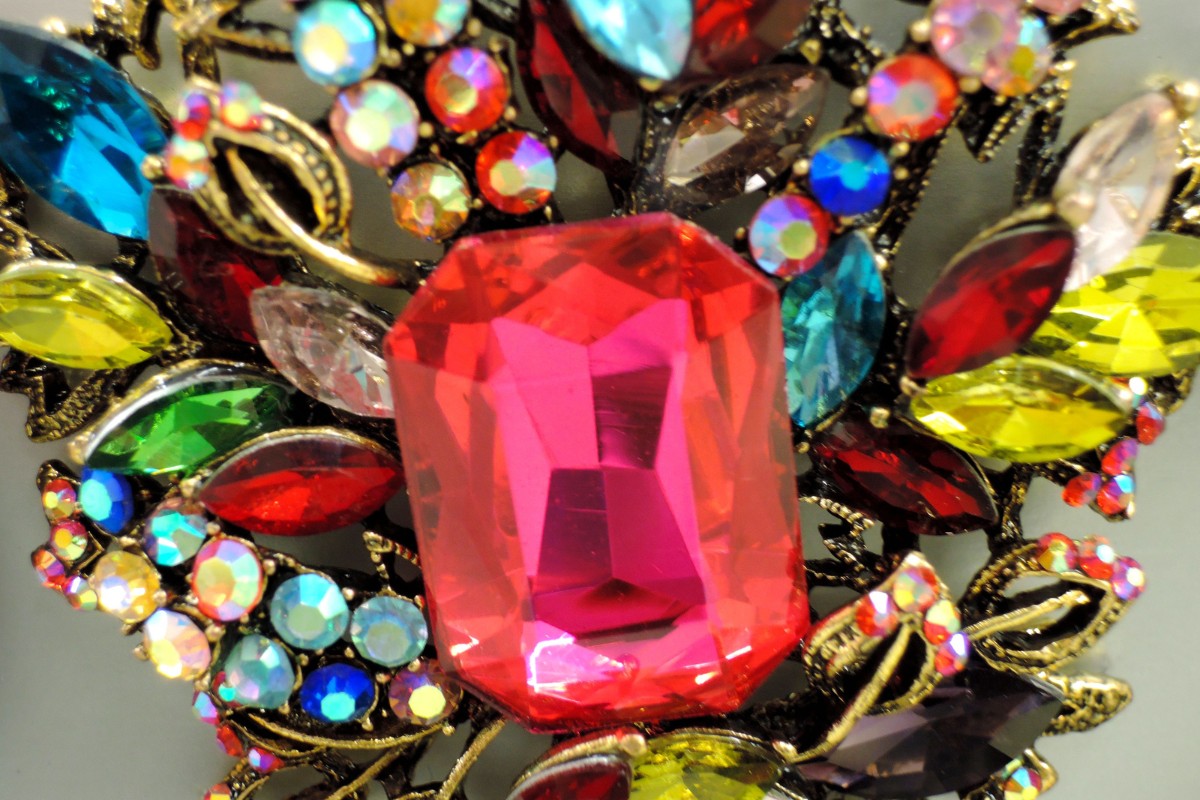
3D printing has revolutionized the jewelry industry by allowing designers to create intricate and bespoke pieces with precision.
This technology enables jewelers to craft unique designs that would be challenging or even impossible using traditional methods.
By offering personalized jewelry pieces, businesses can cater to individual customer preferences, ensuring higher satisfaction and loyalty.
Moreover, 3D printing reduces waste, as materials are used only where needed, making the process both economical and eco-friendly.
2. Architectural Model Creation
Architects and urban planners are harnessing the power of 3D printing to bring their visions to life.
By creating detailed and scale-accurate models, they can present their designs more effectively to clients and stakeholders.
This not only aids in visualization but also helps in identifying potential design flaws.
With rapid prototyping, changes can be made swiftly, ensuring a smoother design process and more accurate final constructions.
3. Medical Prosthetics and Implants
The medical industry has greatly benefited from 3D printing, especially in the realm of prosthetics and implants.
Customized prosthetic limbs, tailored to the exact specifications of the patient, ensure better fit and comfort.
Additionally, 3D printing allows for the creation of intricate implants, such as dental crowns or bone replacements, with unparalleled precision.
This customization ensures better patient outcomes and reduces the need for invasive surgeries.
4. Aerospace Component Manufacturing
The aerospace industry demands precision and durability.
3D printing meets these requirements by allowing manufacturers to produce lightweight yet robust components.
By reducing the weight of aircraft parts, fuel efficiency is improved, leading to cost savings.
Moreover, rapid prototyping ensures that new designs can be tested and iterated swiftly, accelerating the innovation cycle in aerospace engineering.
5. Automotive Prototyping
The automotive industry is constantly evolving, with new designs and innovations emerging rapidly.
3D printing plays a pivotal role in this evolution by allowing manufacturers to create accurate prototypes of car parts and components.
This rapid prototyping accelerates the design and testing phase, ensuring that any flaws or inefficiencies are addressed promptly.
Moreover, 3D printing offers the possibility of creating lightweight components, enhancing fuel efficiency.
For car enthusiasts, bespoke parts can be crafted, allowing for personalized vehicle modifications.
6. Fashion and Apparel
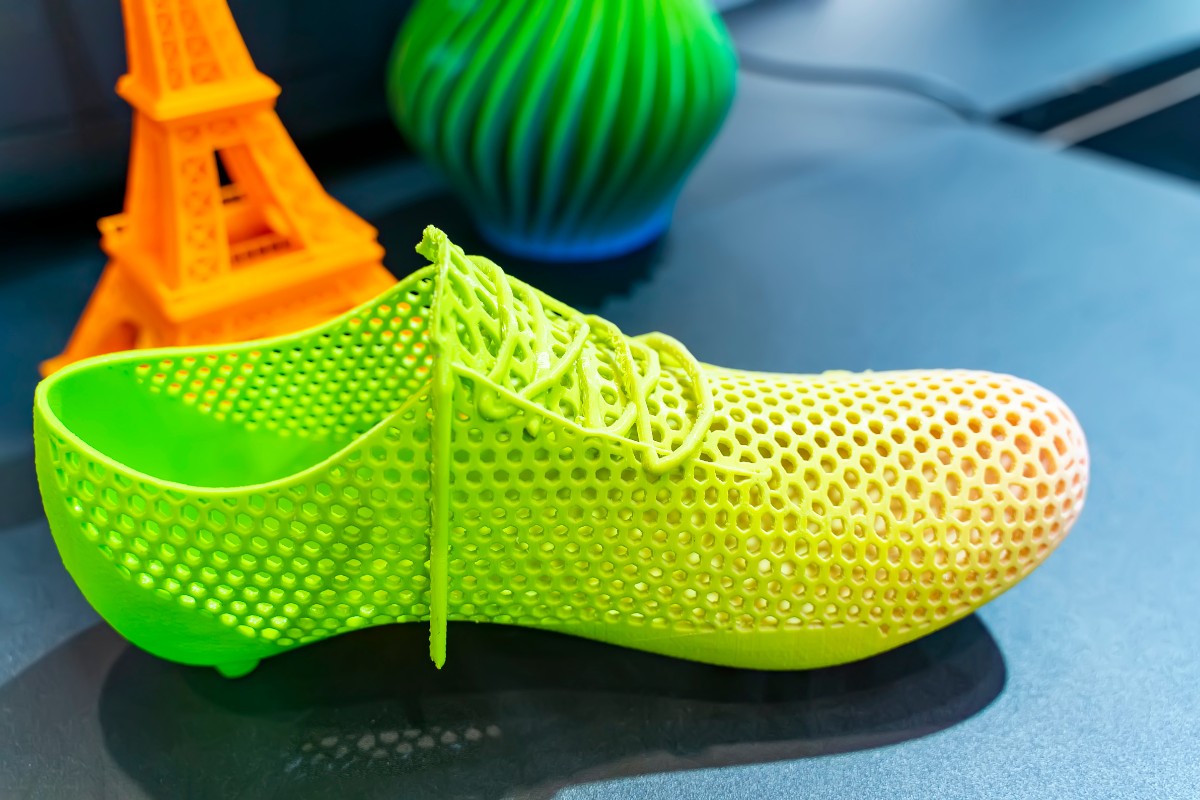
3D printing is making waves in the fashion industry, enabling designers to craft intricate and avant-garde pieces.
From runway-ready dresses to customized footwear, the possibilities are endless.
This technology allows for a high degree of personalization, catering to individual tastes and preferences.
Moreover, sustainable materials can be used, promoting eco-friendly fashion.
As the industry moves towards more sustainable practices, 3D printing stands at the forefront of this transformation.
7. Personalized Consumer Goods
The demand for personalized consumer goods, from phone cases to kitchenware, is on the rise.
3D printing caters to this demand by allowing businesses to offer bespoke products tailored to individual preferences.
This not only enhances customer satisfaction but also allows for premium pricing.
With rapid prototyping, new designs can be tested and launched swiftly, ensuring that businesses stay ahead of consumer trends.
8. Educational Tools and Models
Educational institutions are harnessing the power of 3D printing to enhance learning experiences.
From detailed anatomical models for medical students to scaled-down replicas of historical artifacts, 3D printing brings subjects to life.
These tangible learning aids enhance comprehension and retention, making complex subjects more accessible.
For educators, it offers an innovative tool to make lessons more interactive and engaging.
9. Customized Furniture and Home Decor
Interior designers and homeowners alike are turning to 3D printing to create bespoke furniture pieces and home decor.
From intricate lampshades to personalized chairs, the possibilities are vast.
This technology allows for a high degree of customization, ensuring that each piece is unique and tailored to specific spaces.
Moreover, sustainable materials can be used, aligning with the growing trend of eco-friendly interiors.
10. Dental and Orthodontic Solutions
The dental industry is leveraging 3D printing to create precise dental implants, braces, and other orthodontic solutions.
This technology ensures a perfect fit, enhancing patient comfort and treatment outcomes.
Rapid prototyping allows dentists to offer swift solutions, reducing waiting times.
As the demand for personalized dental care grows, 3D printing stands as a game-changer in the industry.
11. Bespoke Eyewear Manufacturing
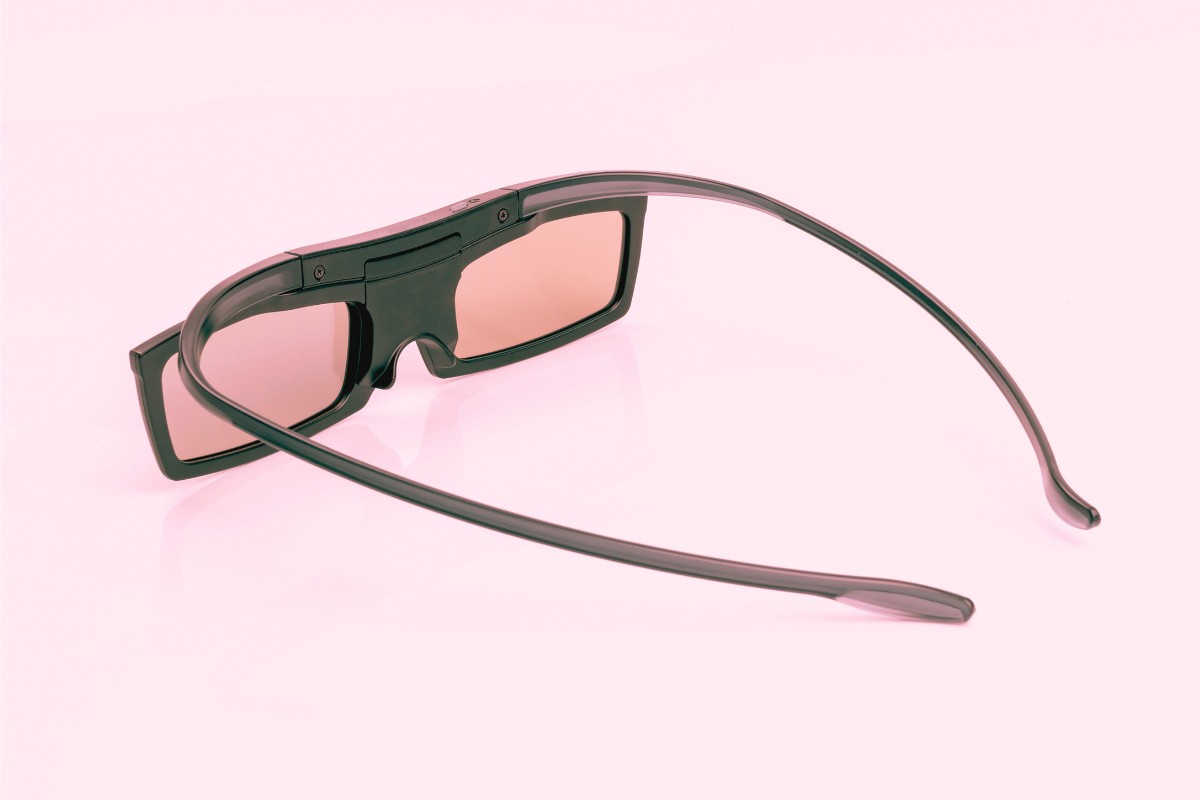
The eyewear industry is experiencing a transformation with the advent of 3D printing.
This technology allows for the creation of customized frames tailored to individual facial structures.
Not only does this ensure a perfect fit, but it also offers unique design possibilities, catering to diverse aesthetic preferences.
For eyewear brands, this means a more personalized customer experience.
As consumers seek individuality in their choices, 3D printed eyewear stands out as a blend of fashion and function.
12. Art and Sculpture Creation
Artists and sculptors are embracing 3D printing to bring their visions to life.
This technology allows for the creation of intricate designs, pushing the boundaries of traditional art forms.
From life-sized sculptures to miniature art pieces, the possibilities are vast.
Moreover, artists can experiment with various materials, adding depth and texture to their creations.
As the art world evolves, 3D printing emerges as a tool that merges creativity with technology.
13. Footwear Design and Production
The footwear industry is tapping into 3D printing to craft shoes that are both stylish and comfortable.
From athletic sneakers to high-fashion heels, designers can create footwear tailored to individual foot contours.
This ensures enhanced comfort and reduces the chances of foot ailments.
Moreover, rapid prototyping allows for swift design iterations, ensuring that the final product is both functional and fashionable.
As consumers prioritize comfort, 3D printed footwear offers a solution that marries design with ergonomics.
14. Musical Instrument Fabrication
Musicians and instrument makers are exploring 3D printing to craft instruments with unique acoustics and designs.
From flutes to guitars, these instruments can be tailored to produce specific tonal qualities.
This level of customization allows musicians to achieve sounds that might be challenging with traditionally made instruments.
Moreover, the use of diverse materials can influence the instrument’s resonance and tonal richness.
As the music industry seeks innovation, 3D printed instruments offer a harmonious blend of art and technology.
15. Culinary Art and Edible Creations
The culinary world is experiencing a gastronomic revolution with 3D printed food.
Chefs can craft intricate designs, elevating the dining experience.
From personalized pasta shapes to intricate chocolate sculptures, the culinary possibilities are endless.
Moreover, 3D printing allows for precise ingredient measurements, ensuring consistent flavors.
As the culinary world embraces innovation, 3D printed food emerges as a fusion of taste and technology.
16. Toy and Model Production
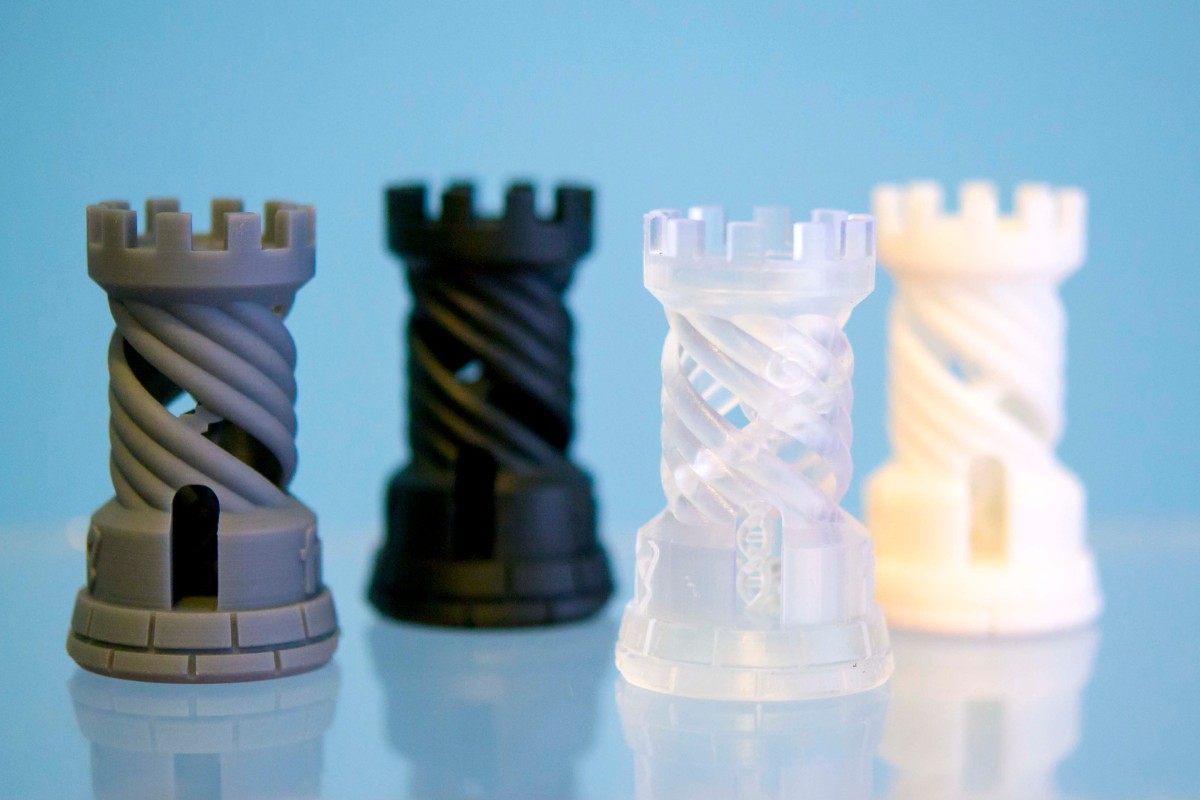
The toy industry is harnessing 3D printing to create customized toys and models.
From action figures to intricate model trains, designers can craft products tailored to individual preferences.
This not only enhances the play experience but also offers collectors the opportunity to own unique pieces.
Rapid prototyping ensures swift design iterations, aligning with market trends.
As consumers seek personalized play experiences, 3D printed toys offer a solution that is both fun and innovative.
17. Bike and Vehicle Customization
Vehicle enthusiasts are turning to 3D printing for bespoke bike and car parts.
From customized handlebars to tailored car interiors, the possibilities are vast.
This level of personalization ensures that vehicles reflect individual tastes and preferences.
Moreover, 3D printing allows for the creation of lightweight components, enhancing vehicle performance.
As the automotive world evolves, 3D printing stands as a tool that merges design with functionality.
18. Healthcare Equipment Production
The healthcare sector is leveraging 3D printing to produce customized medical equipment.
From surgical tools to patient-specific implants, this technology ensures precision and efficacy.
Tailored equipment enhances patient outcomes, ensuring treatments are more effective.
Moreover, rapid prototyping allows for swift equipment iterations, aligning with medical advancements.
As healthcare seeks innovation, 3D printing emerges as a solution that prioritizes patient well-being.
19. Agricultural Tool Fabrication
The agricultural sector is exploring 3D printing to craft tools and equipment tailored to specific farming needs.
From customized ploughs to irrigation systems, farmers can have tools that cater to their unique requirements.
This ensures enhanced crop yields and efficient farming practices.
Moreover, 3D printing allows for the swift production of replacement parts, reducing downtime.
As agriculture embraces technology, 3D printed tools offer a solution that merges tradition with innovation.
20. Cosmetic and Beauty Tool Production
The beauty industry is tapping into 3D printing to produce bespoke cosmetic tools.
From makeup brushes tailored to individual facial structures to personalized skincare devices, the possibilities are vast.
This level of customization ensures enhanced beauty routines, catering to individual skin types and preferences.
Moreover, rapid prototyping allows brands to test new product designs swiftly.
As the beauty world seeks personalization, 3D printed tools stand out as a blend of aesthetics and function.
21. Sports Equipment Customization
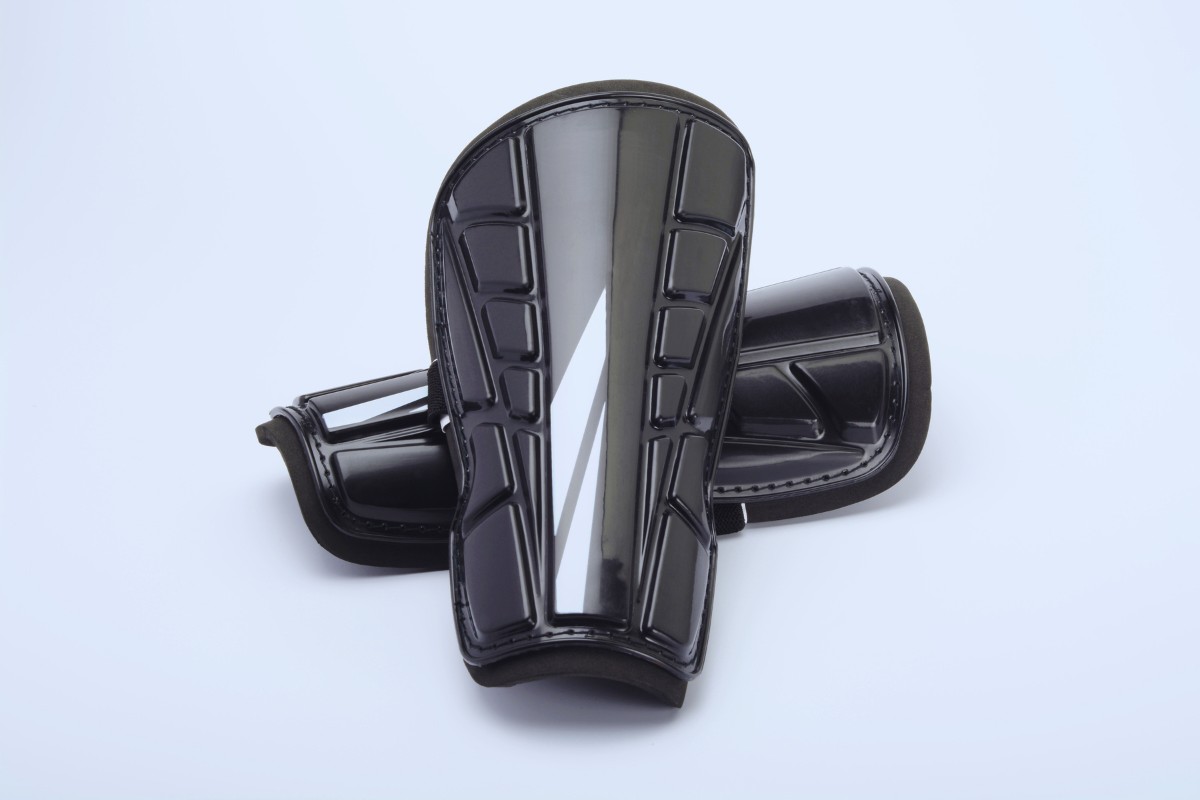
Athletes and sports enthusiasts are turning to 3D printing to craft equipment tailored to their specific needs.
From customized golf clubs to tailored shin guards, athletes can have equipment that enhances their performance.
This level of personalization ensures better fit and improved functionality.
Moreover, 3D printing allows for the swift production of replacement parts, ensuring athletes are always game-ready.
As the sports world seeks performance enhancements, 3D printed equipment emerges as a game-changer.
FAQs
How does 3D printing work?
3D printing, also known as additive manufacturing, involves creating a three-dimensional object by layering material in succession.
This process starts with a digital design, typically created using Computer-Aided Design (CAD) software.
The design is then sliced into thin horizontal layers, and the printer follows this blueprint to deposit material layer by layer, fusing them together to create the final product.
What materials can be used in 3D printing?
A wide variety of materials can be used in 3D printing, ranging from plastics like ABS and PLA to metals such as titanium and stainless steel.
Additionally, there are specialized materials like ceramic, resin, and even edible materials for food printing.
The choice of material often depends on the printer type and the desired properties of the final product.
Is 3D printing environmentally friendly?
3D printing can be more environmentally friendly than traditional manufacturing methods.
It often produces less waste as material is added layer by layer, using only what is necessary for the design.
Moreover, with the advent of biodegradable printing materials and the ability to recycle and reuse old prints, the ecological footprint of 3D printing can be further reduced.
However, the overall environmental impact also depends on factors like energy consumption and the lifecycle of the printed product.
Conclusion
The realm of 3D printing is vast, encompassing a myriad of industries and offering boundless opportunities for innovation.
As we’ve explored various 3D printing business examples, it’s evident that this technology is not just a fleeting trend but a transformative force reshaping the landscape of manufacturing and design.
From bespoke jewelry pieces to tailored sports equipment, 3D printing stands as a testament to human ingenuity and the endless possibilities it presents.
As we look to the future, it’s exciting to envision how this technology will further evolve, opening doors to new ventures and redefining the boundaries of what’s possible.







